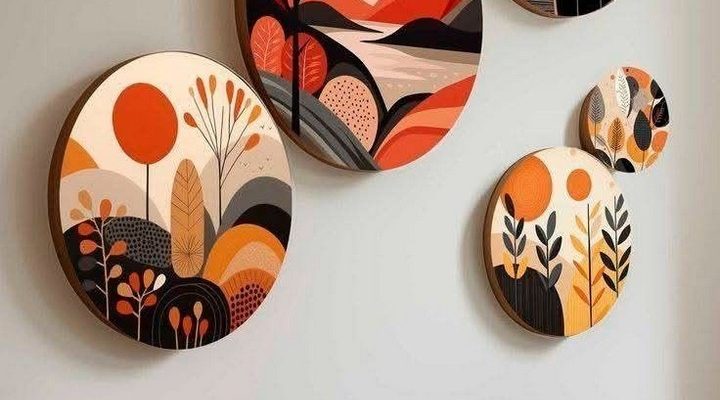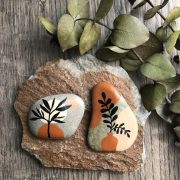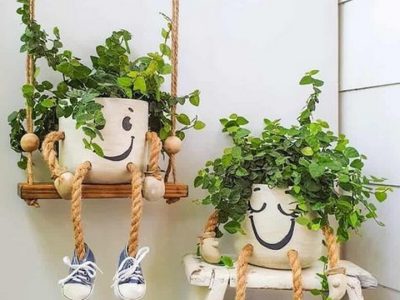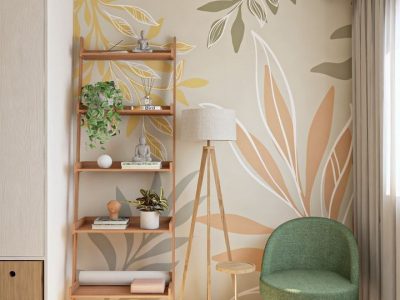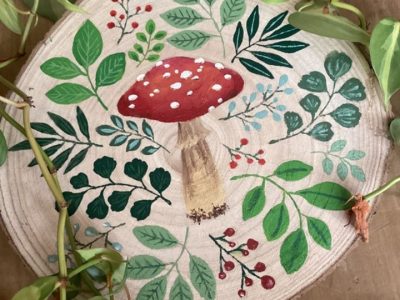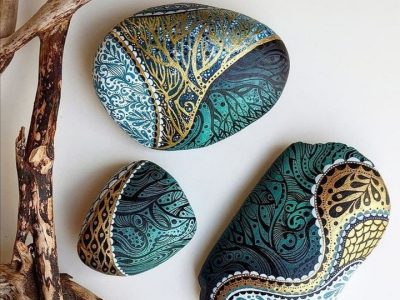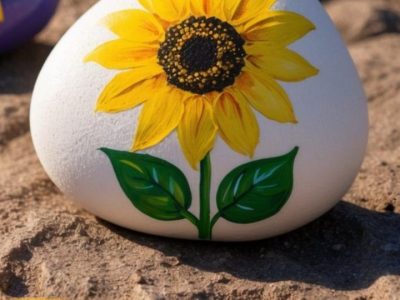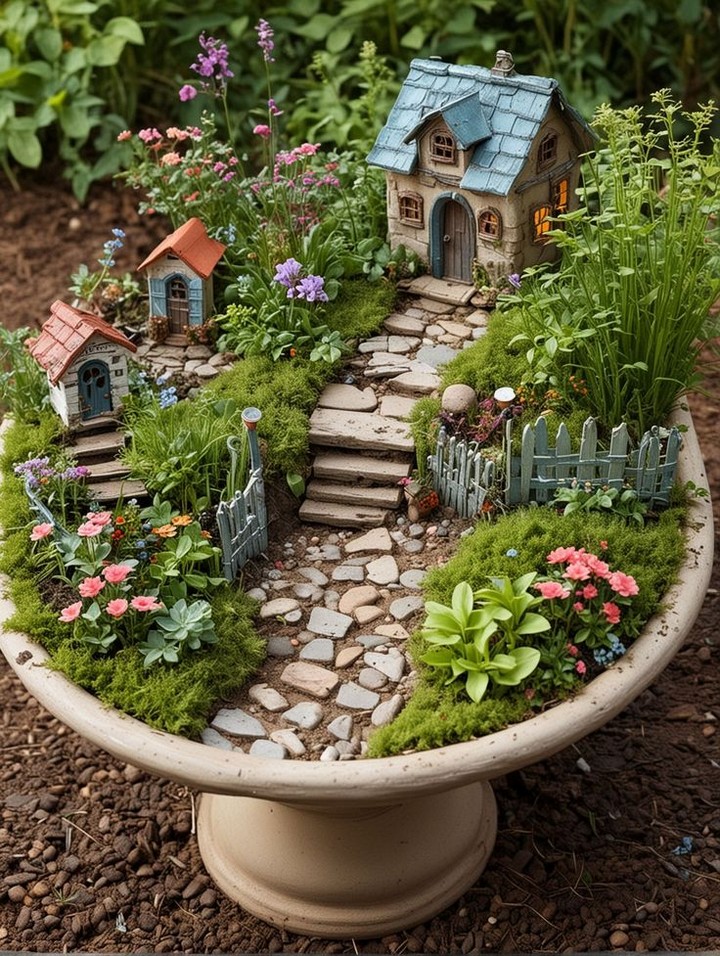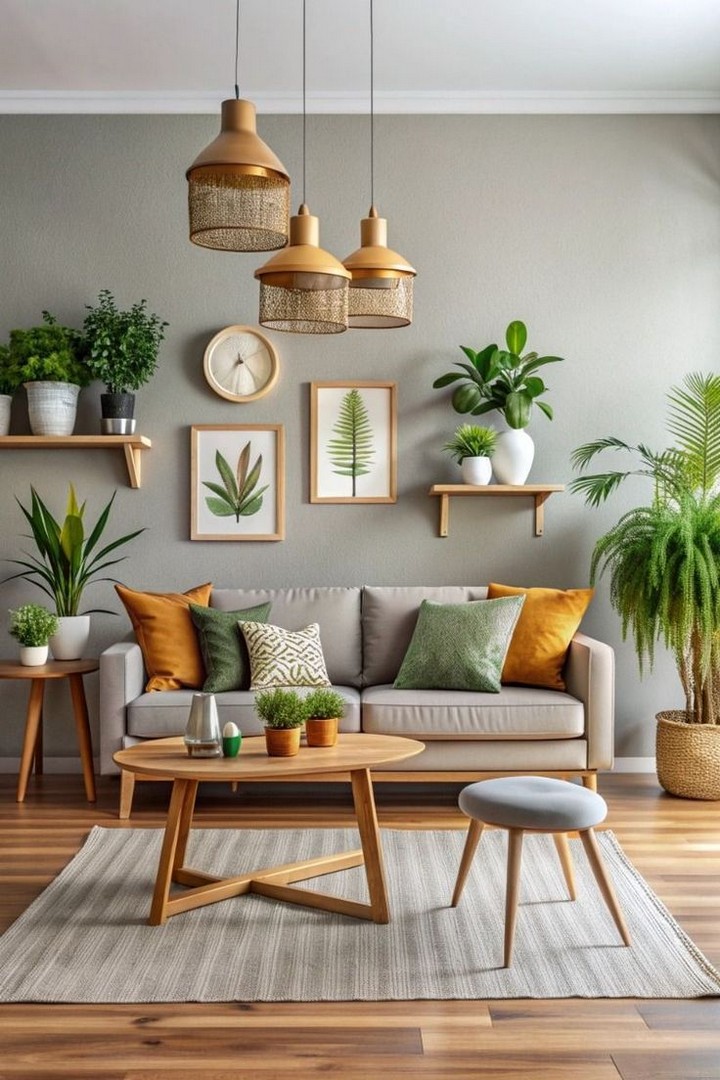Transforming your living space with personalized art doesn’t have to be expensive or complicated. A 36-inch circle canvas offers a versatile and eye-catching medium for DIY projects, allowing you to unleash your creativity with minimal effort. Whether you’re a beginner or an experienced artist, circle canvas painting is an approachable way to craft unique, professional-looking wall art.
Circle canvas painting has emerged as one of the most captivating trends in contemporary DIY art, offering endless creative possibilities within a perfectly rounded frame. Unlike traditional rectangular canvases, circular surfaces challenge artists to think beyond conventional boundaries, creating compositions that flow naturally with the curve’s organic movement.
In this comprehensive guide, we’ll explore 36 easy DIY circle canvas painting ideas, step-by-step instructions, tips for success, and how to optimize your creative process for stunning results. Let’s dive into the world of circle canvas art and inspire your next masterpiece!
1. Mandala Meditation Art
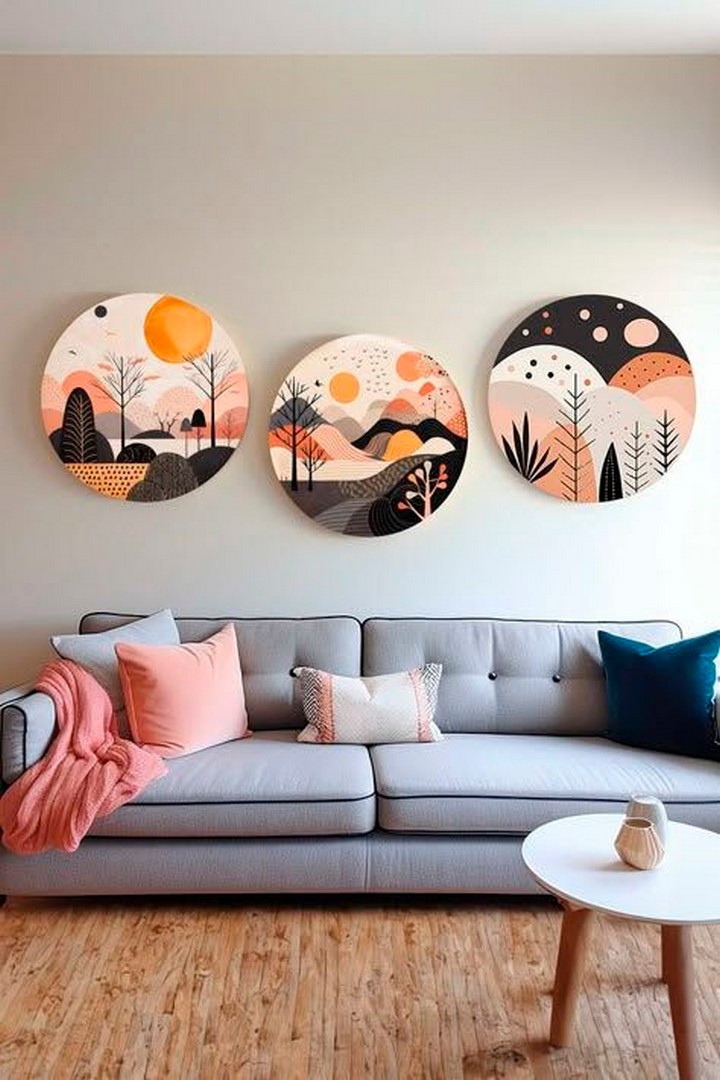
Create intricate mandala designs starting from the center point and working outward in symmetrical patterns. Use metallic paints or fine brushes to add delicate details that catch light beautifully.
2. Color Wheel Explosions
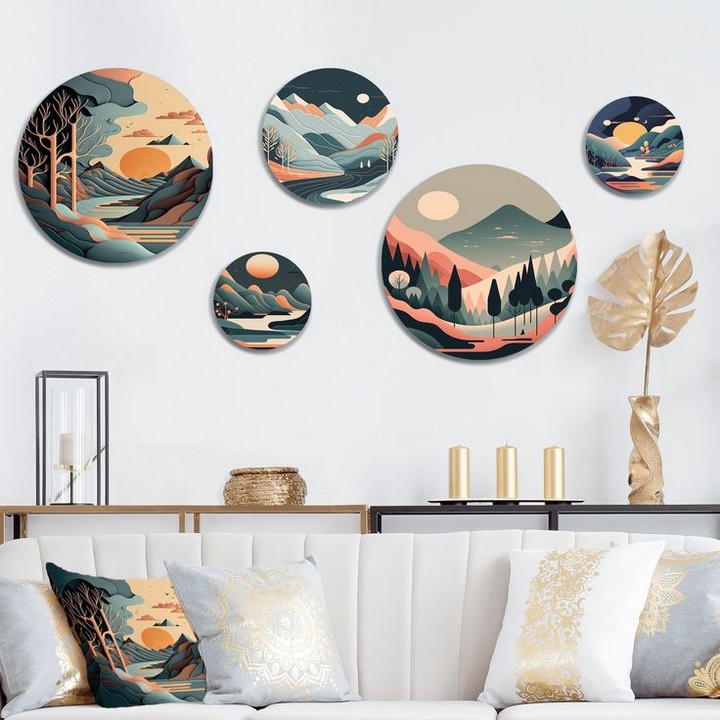
Paint vibrant color wheels with smooth gradient transitions between hues. This educational yet beautiful approach helps understand color theory while creating stunning wall art.
3. Concentric Circle Rainbows
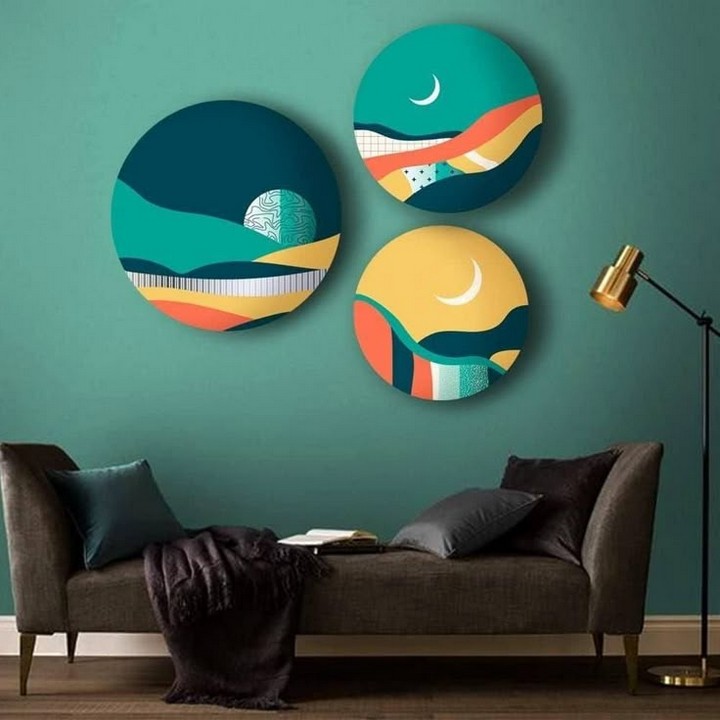
Layer multiple circles in rainbow colors, creating depth through size variation and color intensity. Each ring can represent different emotions or life phases.
4. Spiral Galaxy Abstracts
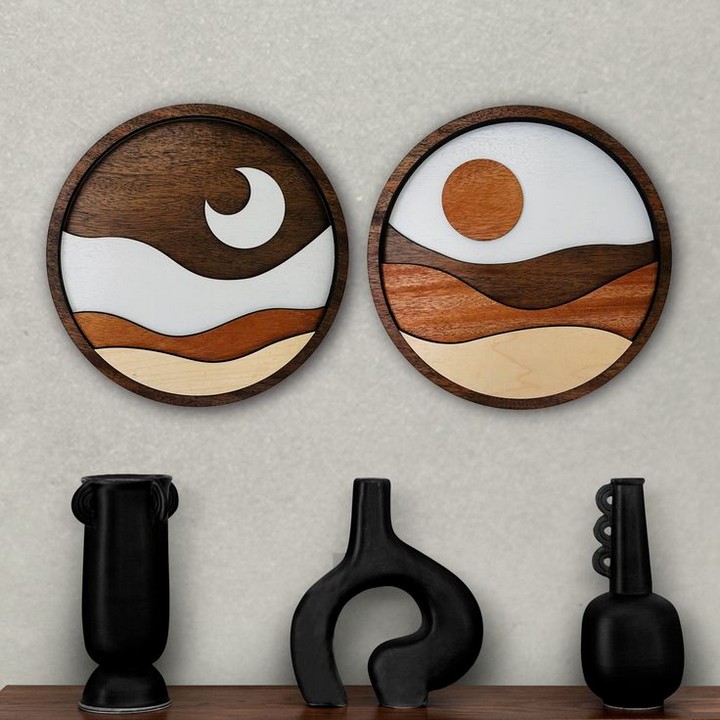
Paint swirling spiral patterns using cosmic colors like deep purples, blues, and metallic silvers. Add tiny white dots for stars to enhance the galactic effect.
5. Geometric Pattern Play
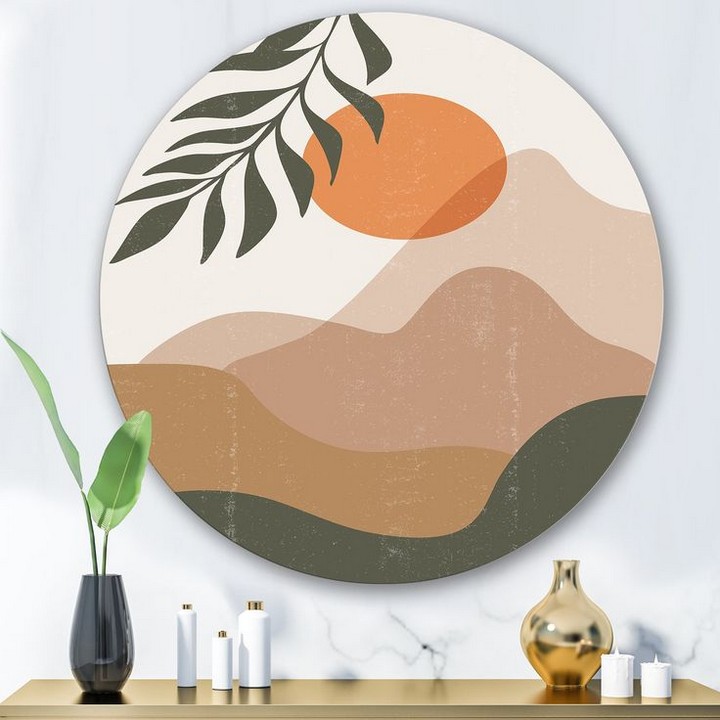
Combine triangles, diamonds, and other geometric shapes within the circular boundary, using contrasting colors to create dynamic visual tension.
6. Ombre Circle Gradients
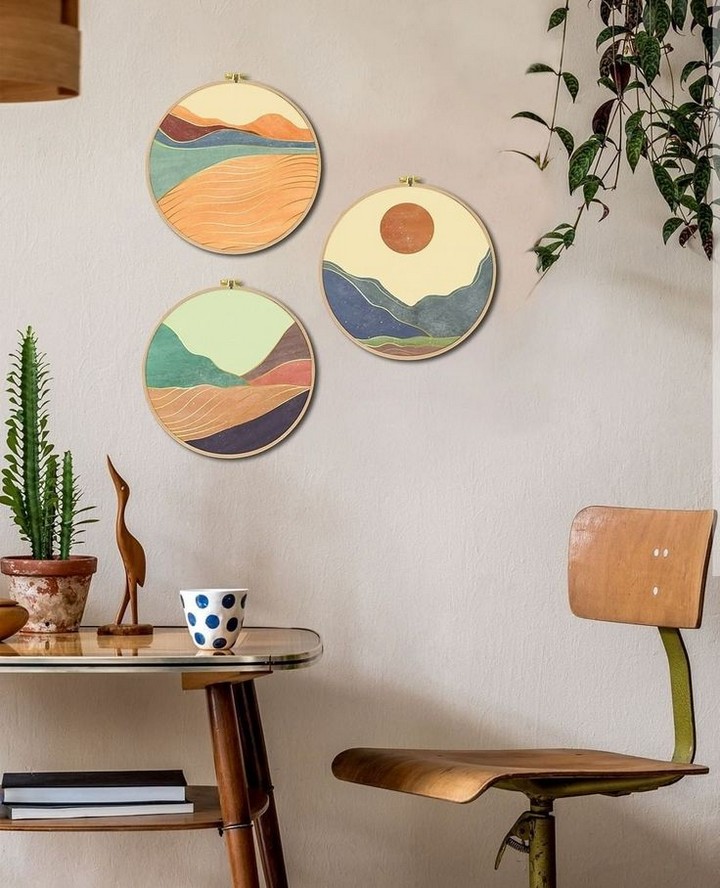
Master gradient techniques by creating smooth color transitions from dark to light or warm to cool across the entire circular surface.
7. Tree Ring Cross-Sections
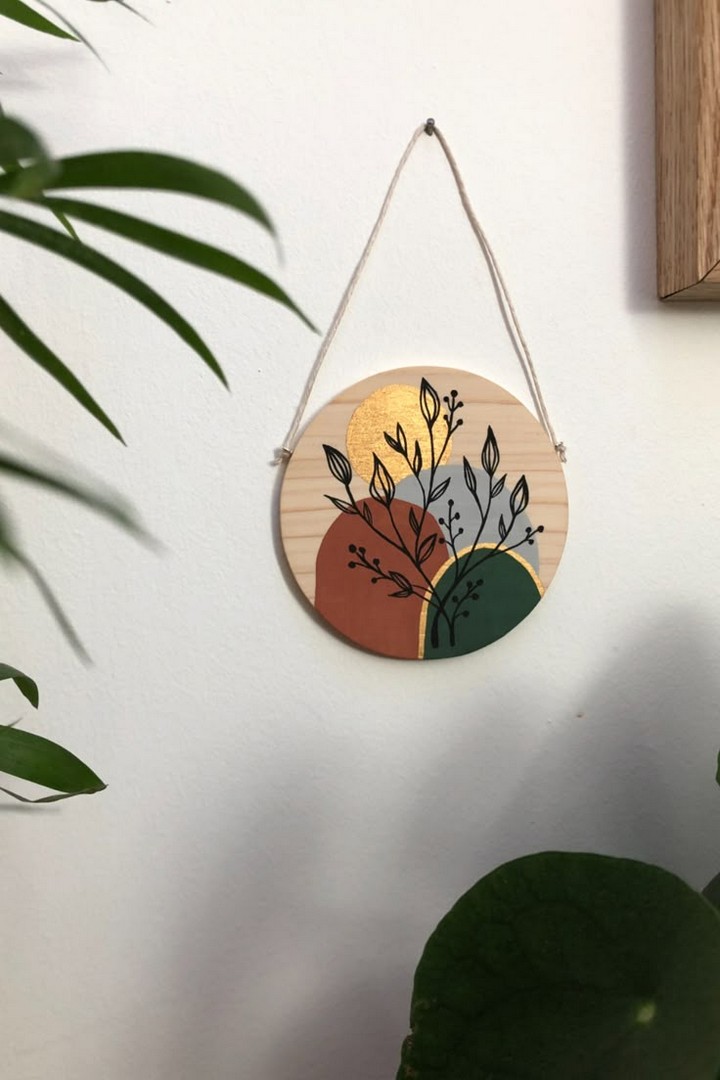
Paint realistic tree ring patterns using earth tones, celebrating the natural circular growth patterns found in nature.
8. Sunburst Radiance
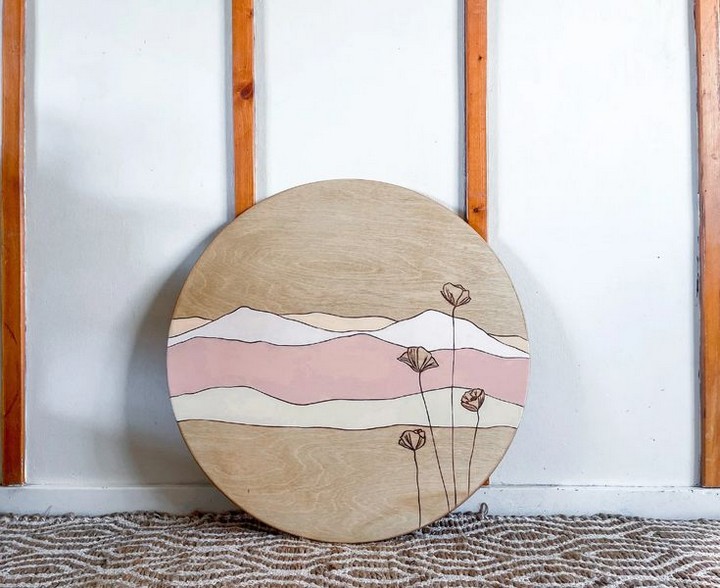
Create energetic sunburst designs with rays emanating from a central sun, using warm yellows, oranges, and reds for maximum impact.
9. Moon Phase Progressions
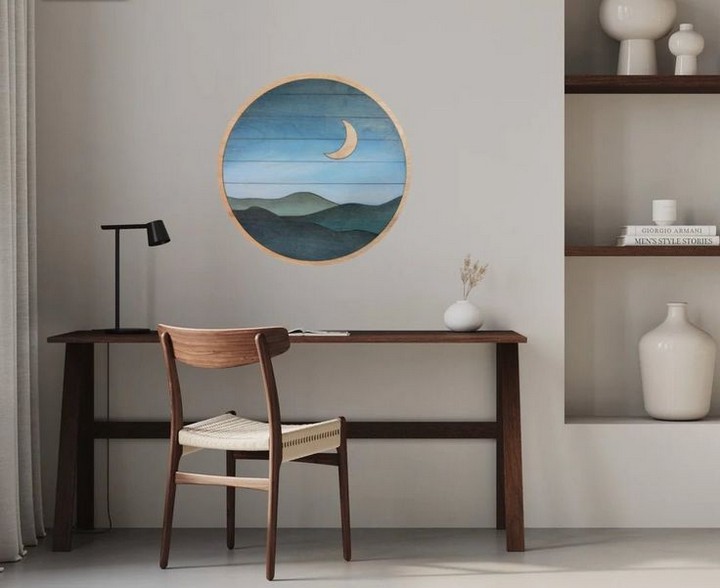
Document the lunar cycle within a single circle, showing different moon phases arranged in a circular pattern around the canvas edge.
10. Flower Center Close-ups
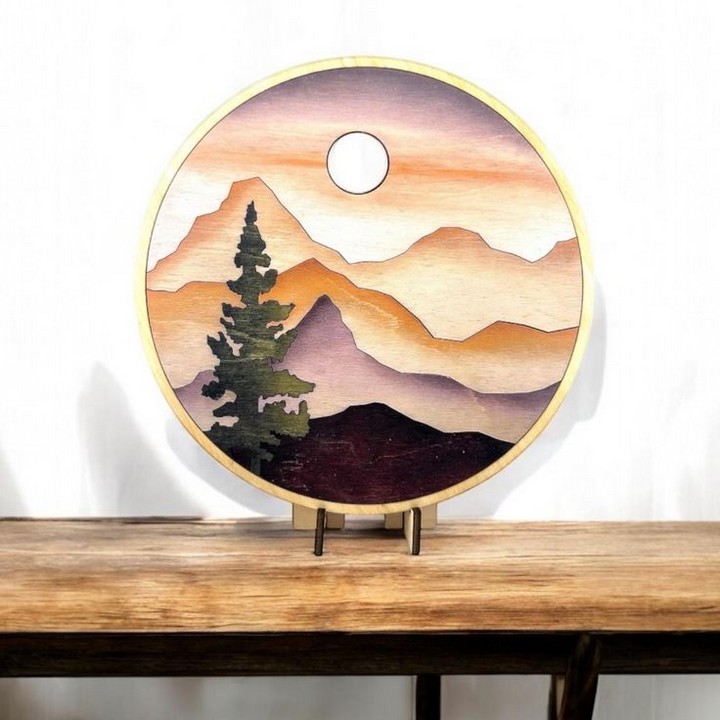
Paint extreme close-ups of flower centers, focusing on the circular patterns found in sunflowers, daisies, or cosmos blooms.
11. Ripple Effect Waters
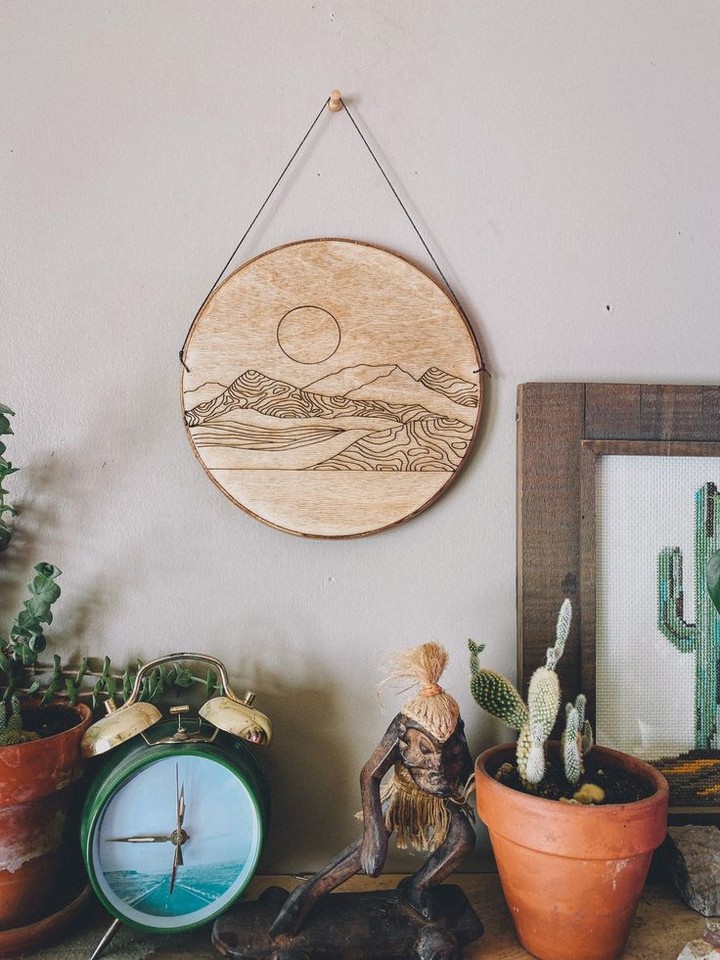
Capture the concentric ripples created by water drops, using various blues and subtle shading to show movement and depth.
12. Seasonal Wreaths
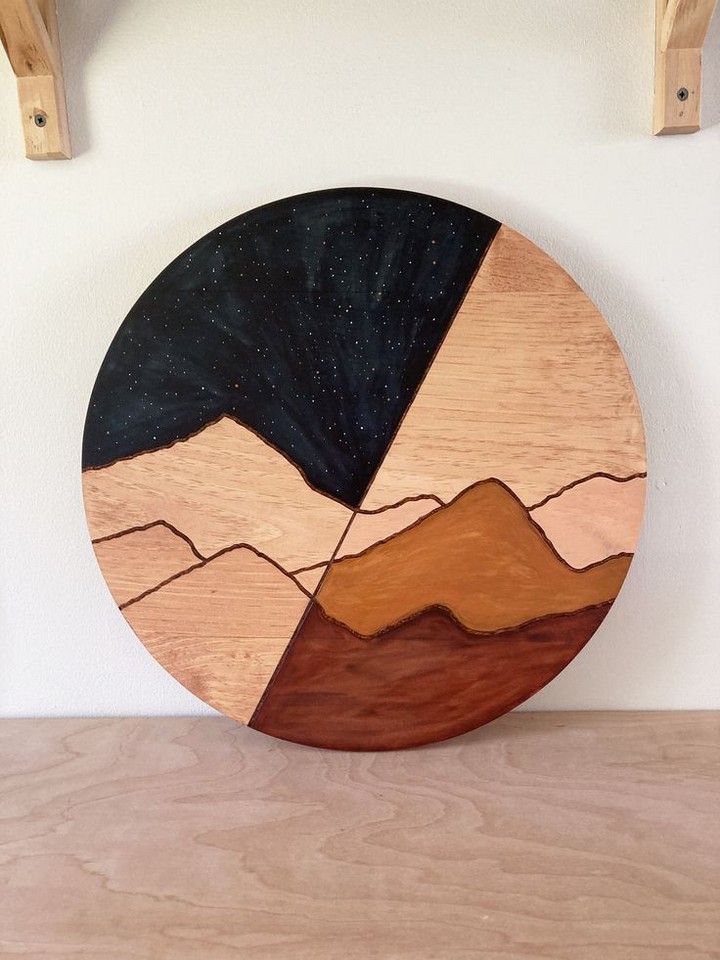
Paint decorative wreaths representing different seasons, incorporating appropriate flora and color schemes for spring, summer, fall, or winter.
13. Planet Portrait Series

Create individual planet paintings focusing on unique surface features, atmospheric effects, and distinctive color palettes for each celestial body.
14. Solar Eclipse Drama
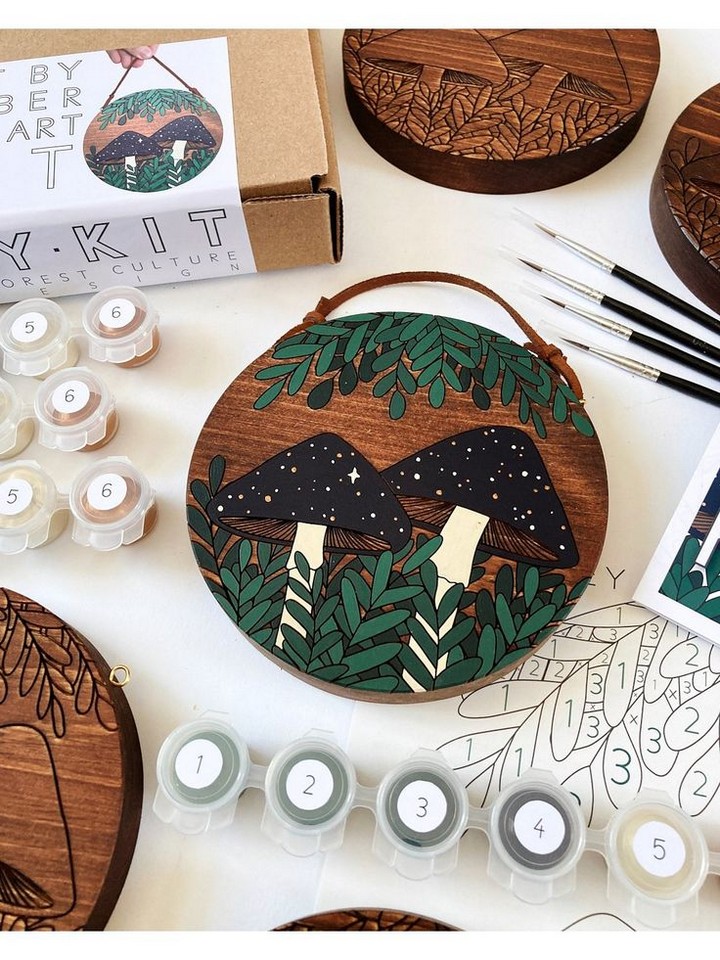
Paint the dramatic moment of solar eclipse with the dark moon silhouette surrounded by the sun’s corona in brilliant whites and yellows.
15. Constellation Maps
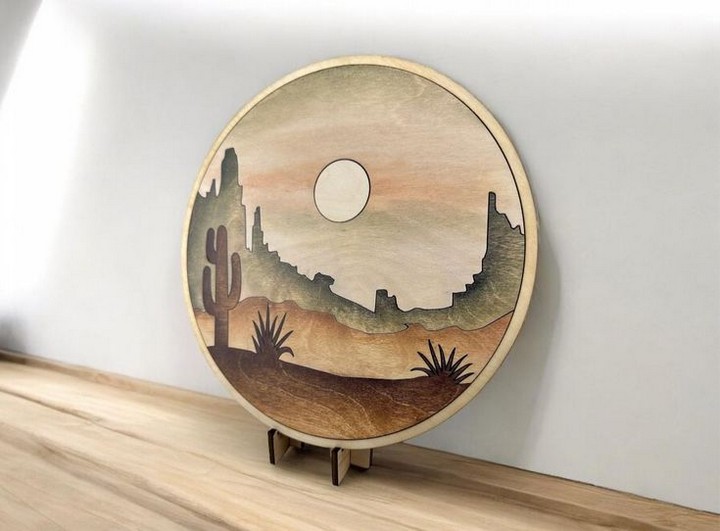
Design stylized constellation maps using dark backgrounds with connected star patterns, adding golden lines to show mythological figures.
16. Nebula Cloud Formations
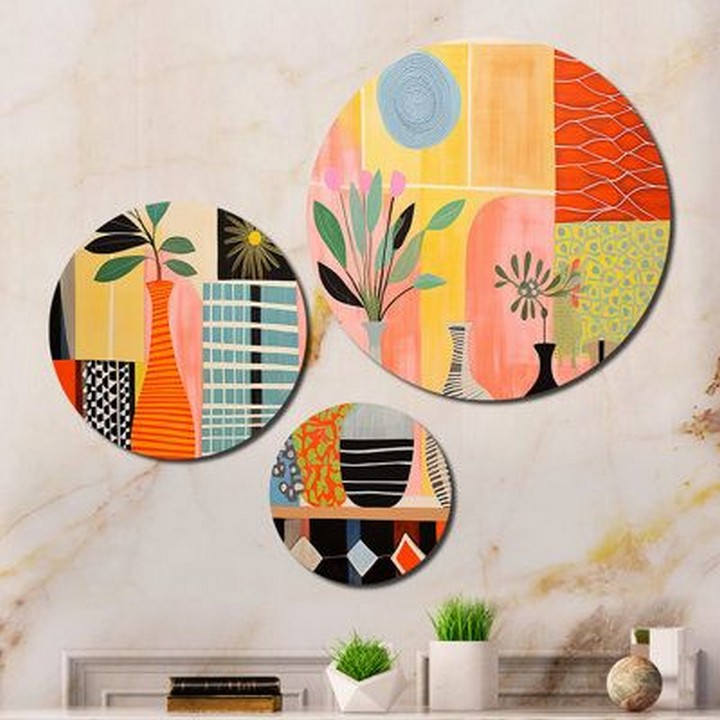
Blend cosmic colors to create ethereal nebula effects, using sponge techniques and layered transparent colors for depth.
17. Galaxy Spiral Arms
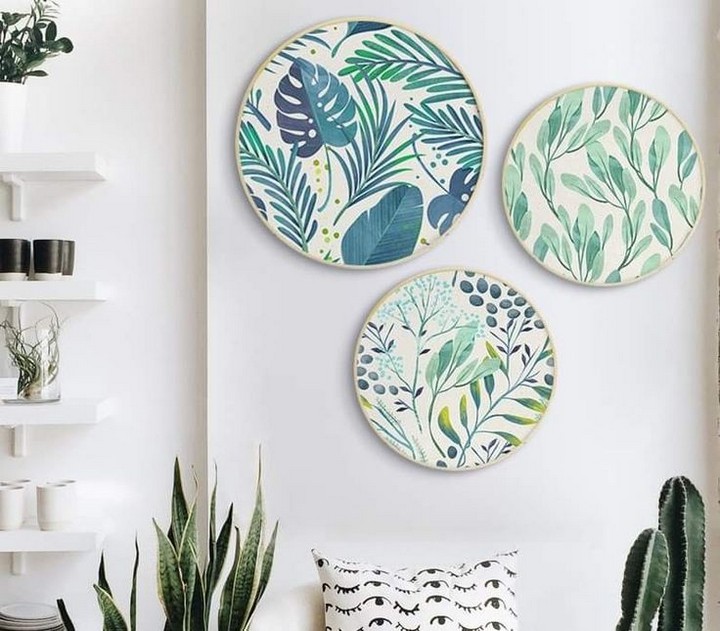
Paint detailed spiral galaxy structures showing the curved arms and central bulge, incorporating various star colors and cosmic dust effects.
18. Asteroid Belt Chaos

Create dynamic compositions showing asteroid fields with rocky debris scattered across space backgrounds.
19. Coral Reef Ecosystems
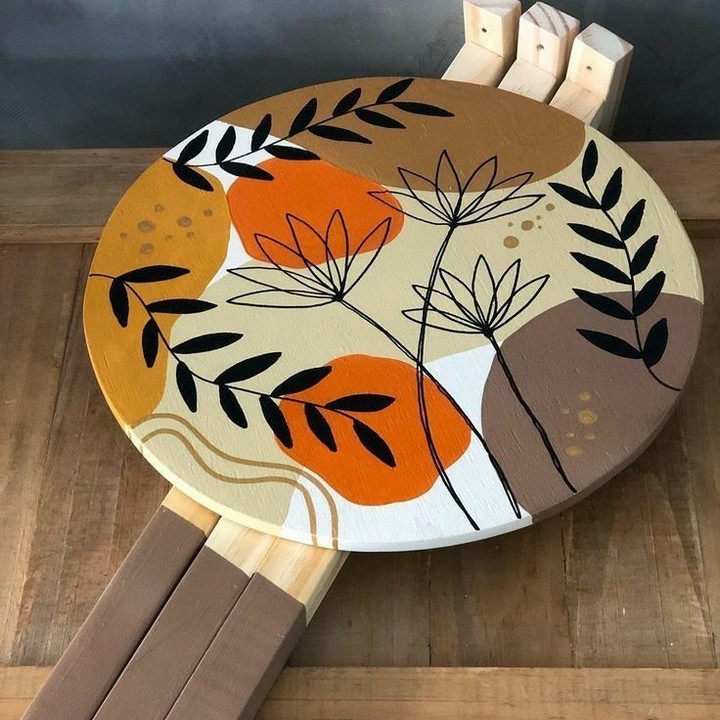
Paint vibrant coral reef scenes within the circular frame, including tropical fish, sea anemones, and colorful coral formations.
20. Whirlpool Dynamics

Capture the spiraling motion of ocean whirlpools using flowing brush strokes and gradually darkening blues toward the center.
21. Jellyfish Ballet

Paint graceful jellyfish with flowing tentacles arranged in circular compositions, using translucent colors and soft edges.
22. Tide Pool Discoveries
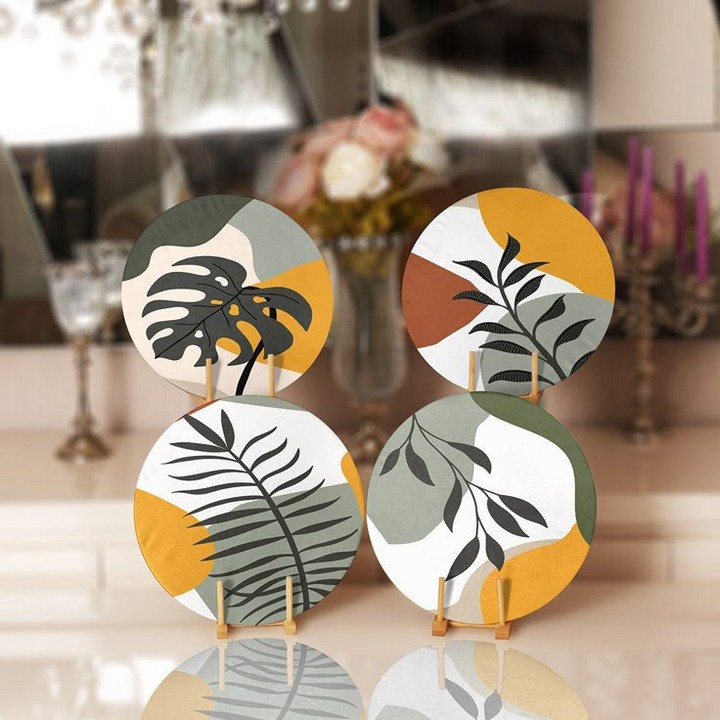
Create detailed tide pool scenes showing the circular pools left by receding tides, complete with sea stars, shells, and marine life.
23. Ocean Wave Curls
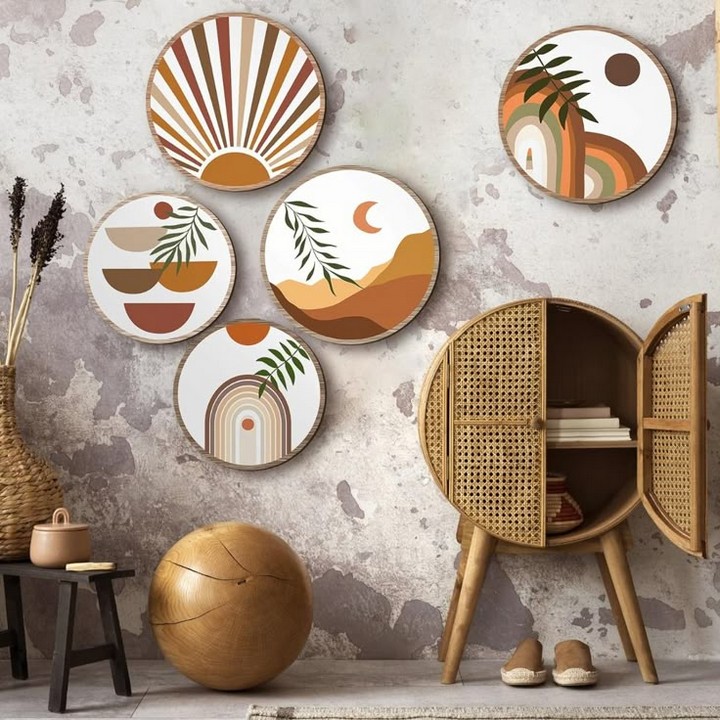
Focus on the circular curl of a perfect wave, capturing the translucent quality of water and foam patterns.
24. Underwater Bubble Streams
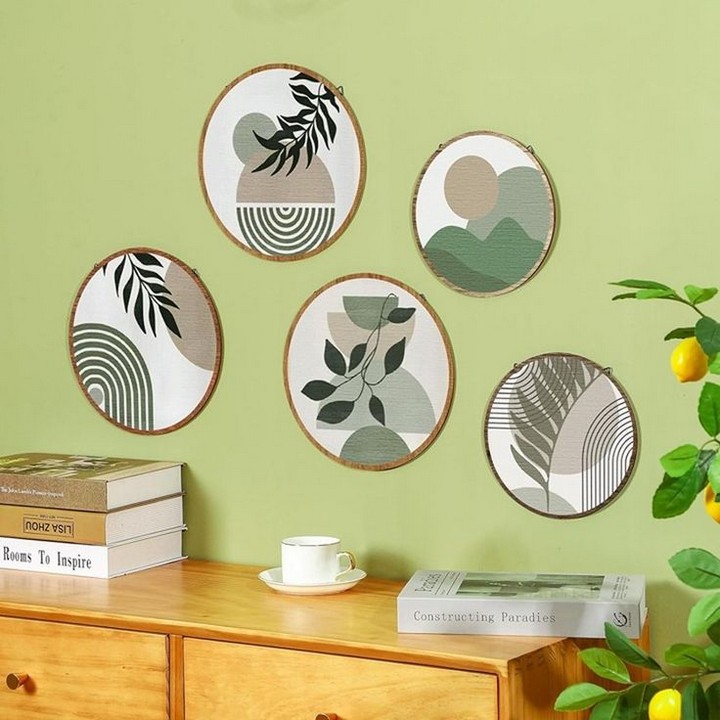
Paint ascending bubble streams with various sizes creating vertical movement within the circular boundary.
25. Pointillism Circles

Apply pointillism techniques within circular compositions, building images through thousands of small colored dots.
26. Watercolor Bleeding Effects
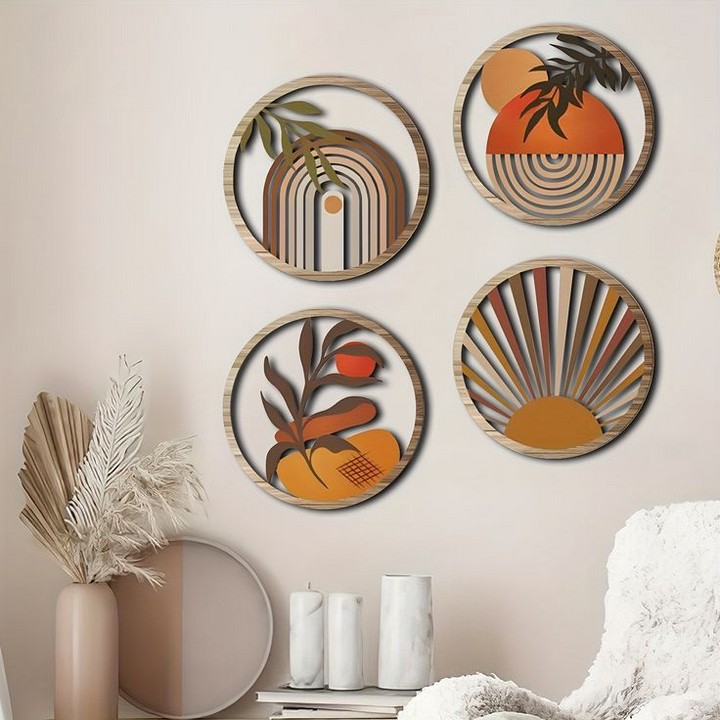
Use watercolor techniques on specially prepared canvases to create organic bleeding effects that naturally follow the circular boundary.
27. Texture Paste Sculptures
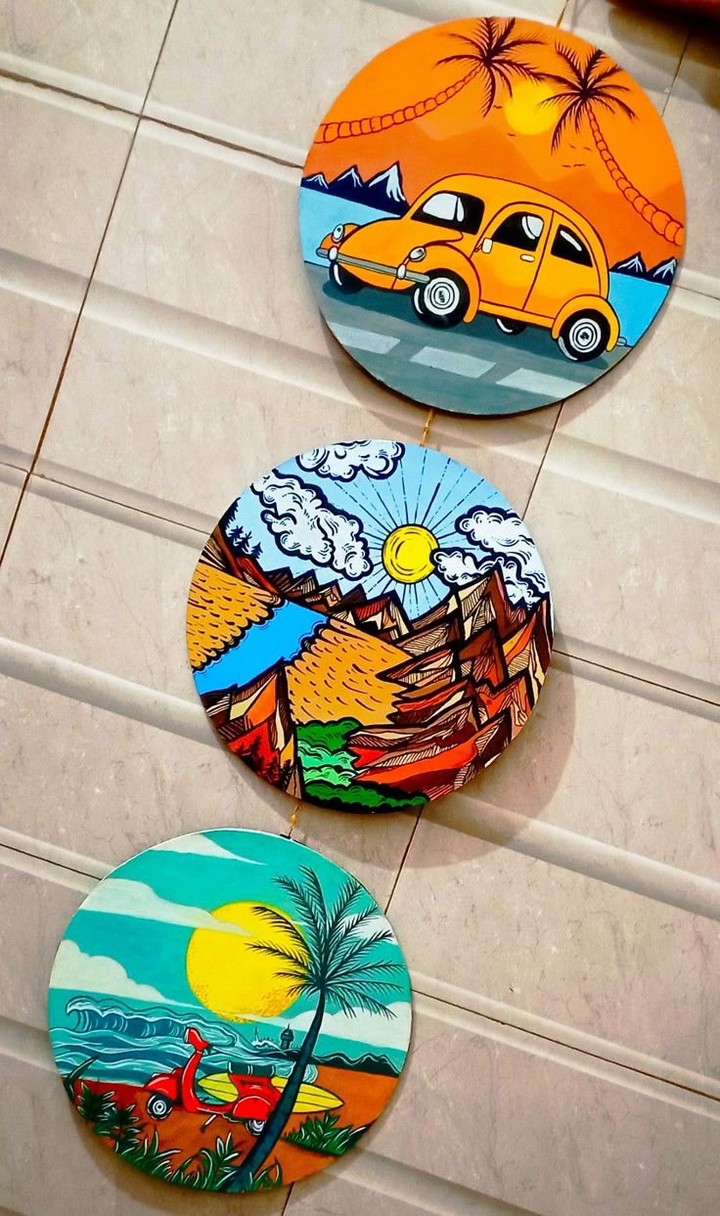
Build three-dimensional textures using modeling paste, then paint over the dried textures for added visual and tactile interest.
28. Stencil Pattern Layering
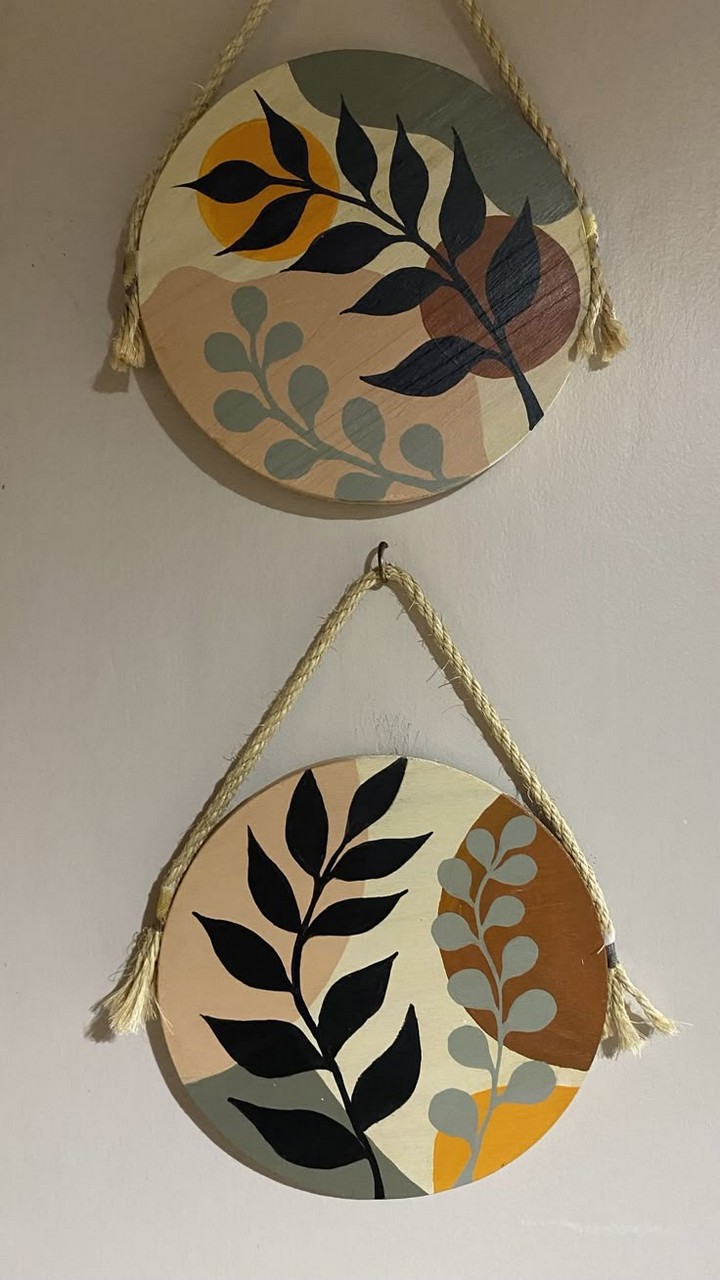
Layer multiple stencil patterns in different colors and orientations to create complex geometric designs.
29. Sgraffito Scratch Techniques
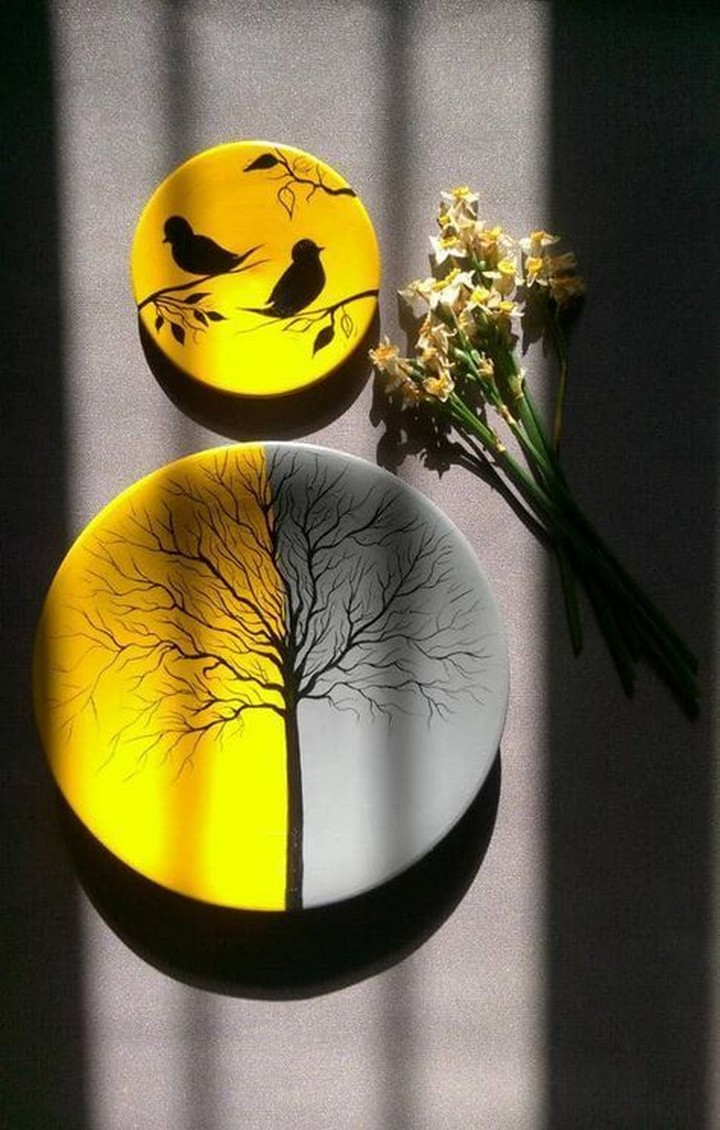
Apply base layers of paint, then scratch through upper layers to reveal underlying colors, creating linear details and patterns.
30. Impasto Thick Applications
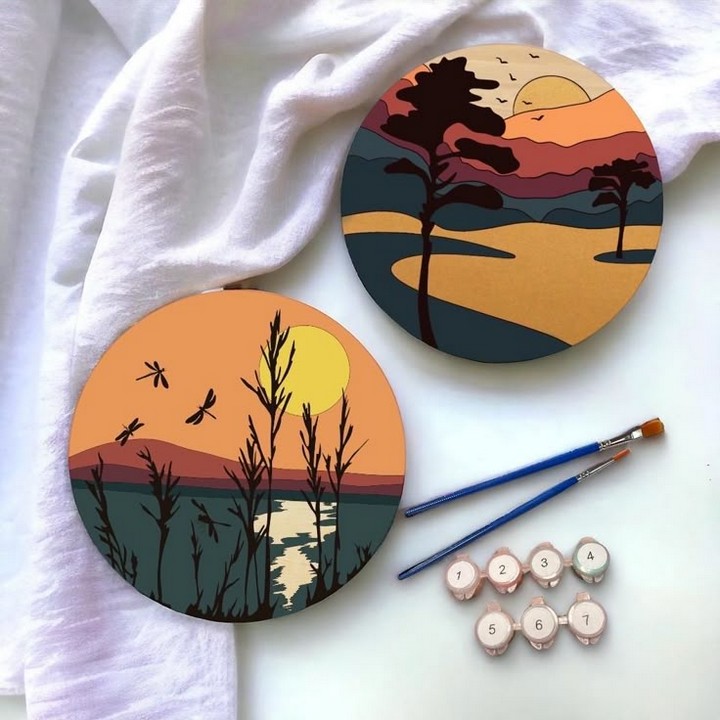
Use heavy paint applications to create sculptural surface textures that cast shadows and catch light dramatically.
31. Yin Yang Balance
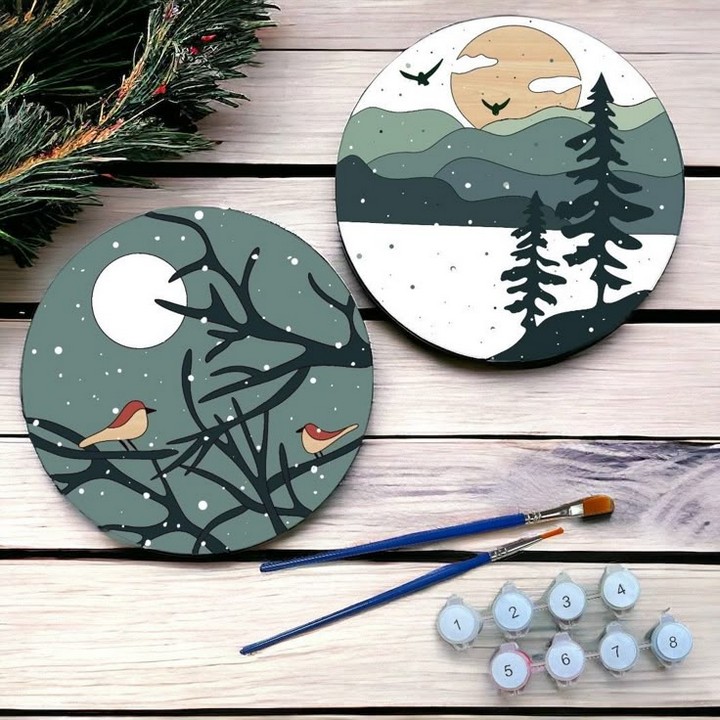
Paint traditional yin yang symbols with personal color interpretations, adding decorative elements within each section.
32. Celtic Knot Patterns
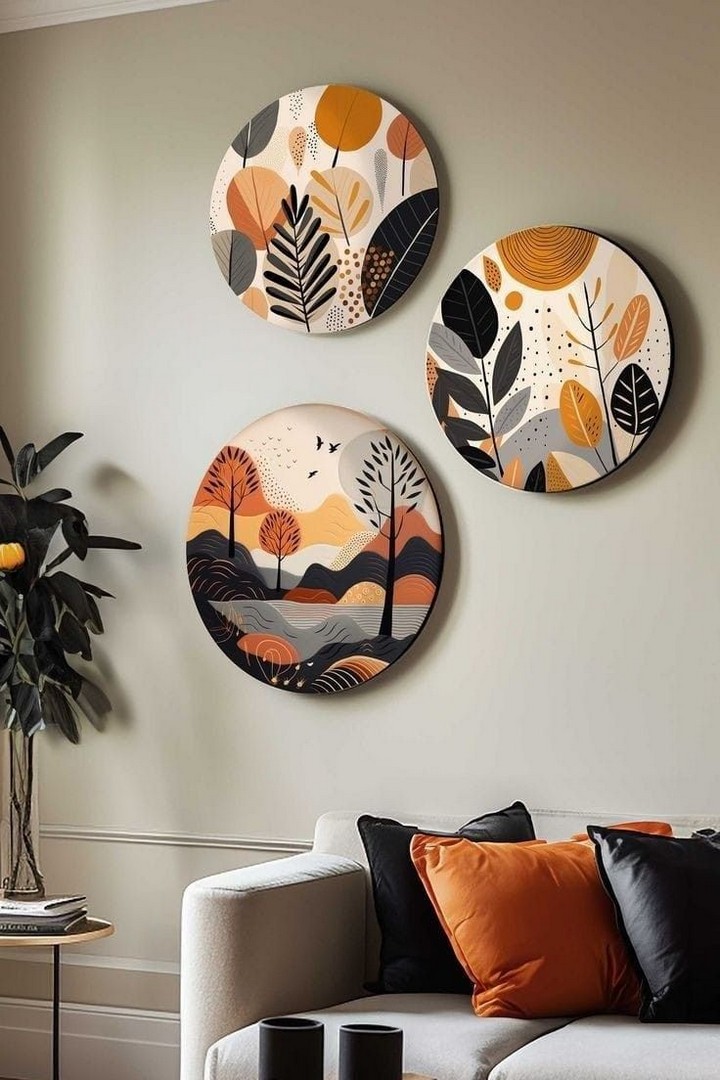
Create intricate Celtic knot designs that flow continuously around the circular perimeter, symbolizing eternal connections.
33. Native American Dream Catchers
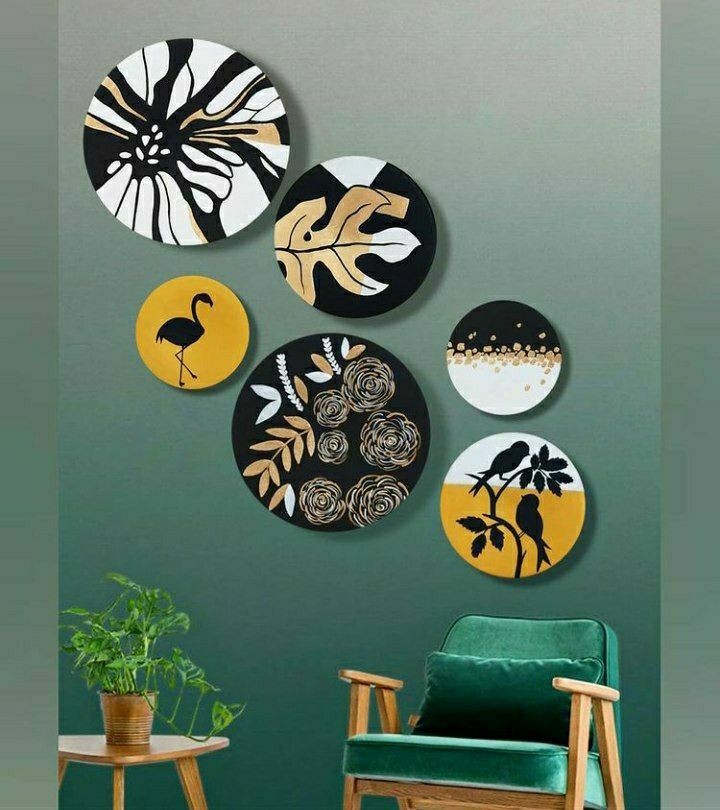
Paint stylized dream catcher designs with feathers, beads, and web patterns that honor traditional crafts and beliefs.
34. Zen Circle Enso
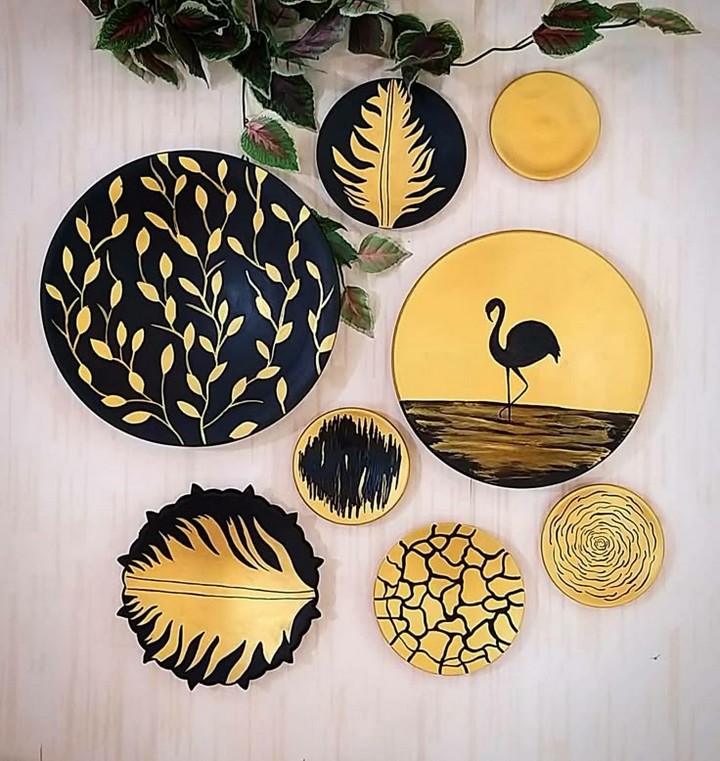
Practice the meditative art of enso circle painting, creating single brushstroke circles that represent enlightenment and inner strength.
35. Aztec Calendar Interpretations
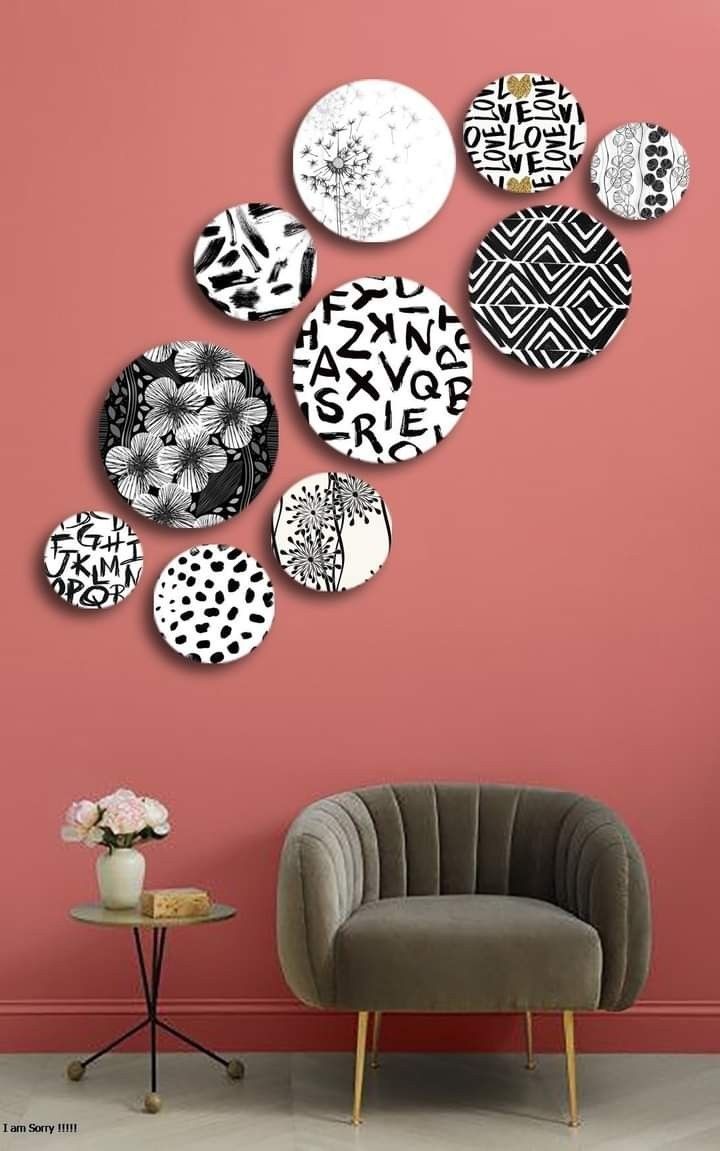
Design modern interpretations of Aztec calendar wheels, incorporating traditional symbols with contemporary color schemes.
36. Compass Rose Navigation
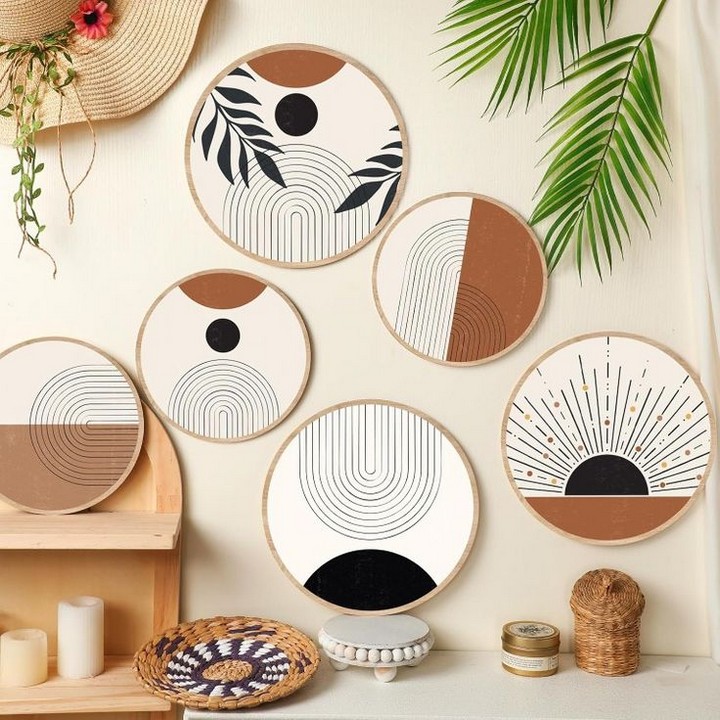
Paint decorative compass roses with ornate directional indicators, perfect for travel-themed rooms or nautical decor.
Color Theory and Palette Selection
Understanding color relationships enhances every circle canvas project. Complementary colors create vibrant contrasts perfect for energetic compositions, while analogous colors produce harmonious, soothing effects ideal for meditative pieces.
Warm color palettes (reds, oranges, yellows) advance visually, making elements appear closer and more energetic. Cool palettes (blues, greens, purples) recede, creating depth and tranquility. Neutral palettes provide sophisticated elegance while allowing texture and composition to take center stage.
Consider the psychological impact of color choices. Blues promote calm and focus, making them excellent for meditation-inspired pieces. Greens connect with nature and growth, perfect for botanical themes. Reds energize and excite, ideal for dynamic abstract compositions.
Temperature contrast within paintings creates visual interest and depth. Warm highlights against cool shadows, or cool details against warm backgrounds, make paintings more visually engaging and three-dimensional.
Advanced Techniques for Professional Results
Glazing techniques involve applying transparent color layers over dried base colors, creating luminous depth impossible to achieve with direct painting. This method works particularly well for atmospheric effects and subtle color variations.
Scumbling involves dragging opaque or semi-opaque paint lightly over dried underlayers, allowing underlying colors to show through partially. This technique creates aged effects and subtle color mixing directly on the canvas.
Blending wet-into-wet while paint remains workable creates smooth transitions perfect for skies, water, and atmospheric effects. Work quickly and use clean, damp brushes for best results.
Dry brush techniques involve using brushes with minimal paint to create textural effects perfect for representing rough surfaces, fur, or foliage. Load the brush, remove excess paint on paper towels, then lightly drag across the surface.
Composition Strategies for Circular Formats
Center-focused compositions draw attention to a strong central element, with supporting elements arranged radially around the focal point. This approach works well for flowers, celestial objects, or mandala-style designs.
Edge-to-center compositions start strong visual elements at the perimeter and draw the eye inward through lines, colors, or shapes. This technique creates dynamic movement and visual excitement.
Spiral compositions follow curved paths around the canvas, creating natural flow that works with the circular boundary rather than against it. These designs feel organic and harmonious.
Sectional compositions divide the circle into segments, treating each section as a separate but related design element. This approach works well for seasonal themes or time-based concepts.
Display and Presentation Ideas
Circular paintings require thoughtful presentation to maximize impact. Group multiple circle paintings in cluster arrangements, varying sizes for dynamic visual rhythm. Odd numbers (3, 5, 7) typically create more pleasing arrangements than even numbers.
Consider the viewing angle when hanging circle paintings. Eye level placement ensures comfortable viewing, while slightly higher placement can make pieces appear more monumental and impressive.
Lighting significantly affects circular painting presentation. Accent lighting from multiple angles prevents harsh shadows while highlighting texture and color variations. Avoid direct lighting that creates glare on painted surfaces.
Frame selection impacts the overall presentation. Thin, minimal frames maintain focus on the artwork, while wider, decorative frames can complement the painting’s style and color scheme. Floating frames create contemporary, gallery-like presentations.
Troubleshooting Common Challenges
Paint coverage issues often occur when transitioning from rectangular to circular formats. Plan paint applications carefully, working from the center outward or in sections to maintain consistent coverage and avoid lap marks.
Composition balance requires different considerations in circular formats. Use the center point as an anchor, distributing visual weight evenly around the perimeter to prevent the composition from feeling tilted or unbalanced.
Edge treatments challenge many beginners. Paint slightly beyond the canvas edge to ensure complete coverage, then clean excess paint with a damp cloth while still wet.
Color mixing consistency becomes crucial in circular compositions where gradients and transitions are more visible. Mix adequate quantities of custom colors before beginning to ensure consistency throughout the painting process.
Building Your Circle Canvas Portfolio
Document your progress with high-quality photographs showing each completed piece. Consistent lighting and backgrounds create professional-looking portfolio images perfect for social media sharing or potential sales.
Experiment with different sizes to understand how scale affects impact. Small circles work well for intimate settings and gift-giving, while large pieces command attention as statement artwork.
Develop signature techniques or themes that make your work recognizable. This might involve consistent color palettes, recurring motifs, or distinctive brushwork styles.
Consider series development, creating multiple related pieces that work together while standing alone individually. Series can explore color variations, seasonal changes, or progressive abstract concepts.
Teaching and Sharing Your Skills
Circle canvas painting workshops appeal to diverse audiences seeking creative outlets and stress relief. Structure classes around specific themes or techniques, providing all materials and step-by-step guidance.
Online tutorials and social media posts sharing your techniques and finished pieces inspire others while building your artistic community. Use relevant hashtags and engage with other artists for maximum reach.
Collaborative projects involving multiple artists creating circle paintings for community displays or charity auctions combine individual creativity with collective impact.
Consider mentoring programs pairing experienced painters with beginners, fostering artistic growth while building lasting connections within the creative community.
Circle canvas painting opens infinite creative possibilities within the perfect geometric form that has inspired artists throughout history. These 36 ideas provide starting points for personal exploration and artistic growth, encouraging experimentation with techniques, colors, and compositions that celebrate the unique properties of circular formats.
The journey from blank circular canvas to finished masterpiece offers rewards beyond the final artwork itself. Each brush stroke builds confidence, every color choice develops artistic instincts, and completed pieces provide lasting satisfaction and beautiful home decor.
Ready to start your circle canvas painting adventure? Which of these 36 ideas speaks to your artistic vision? Share your favorite concepts in the comments below! Don’t forget to share this guide with fellow art enthusiasts who might discover their next creative passion. What unique circular composition will you create first? Let your imagination run wild within the perfect boundary of the circle!
Happy painting! 🎨✨

